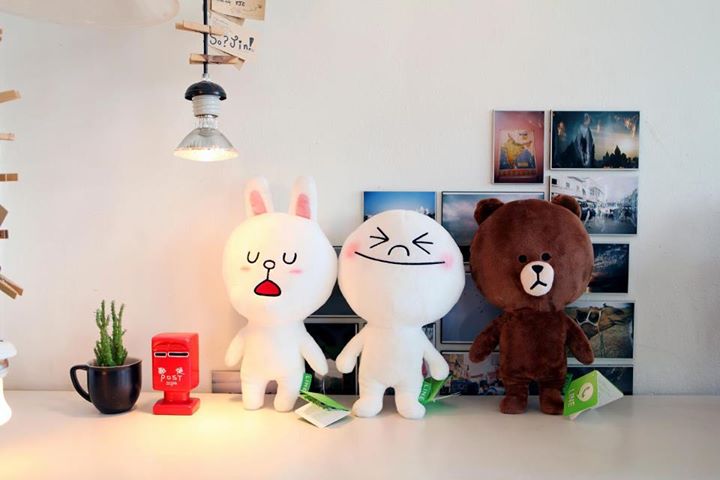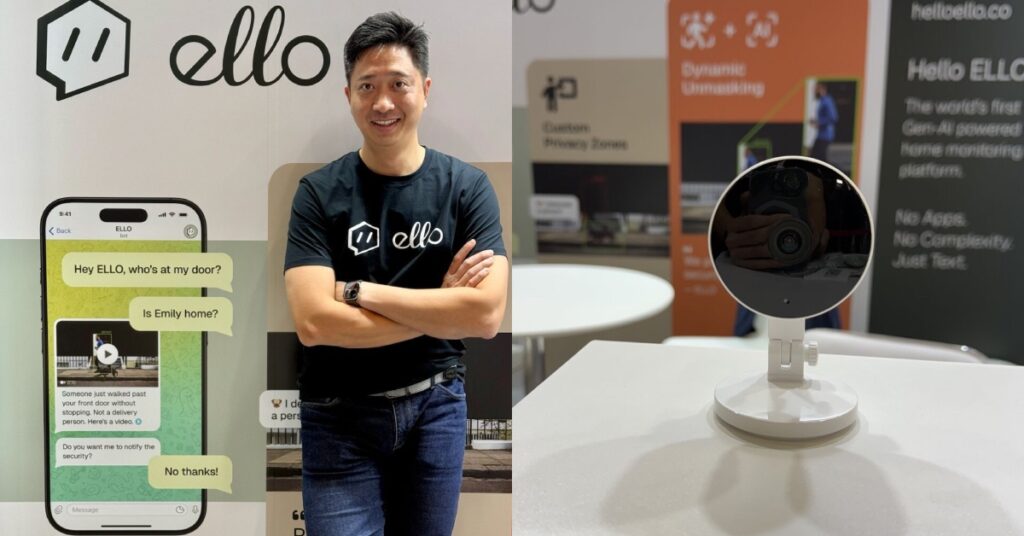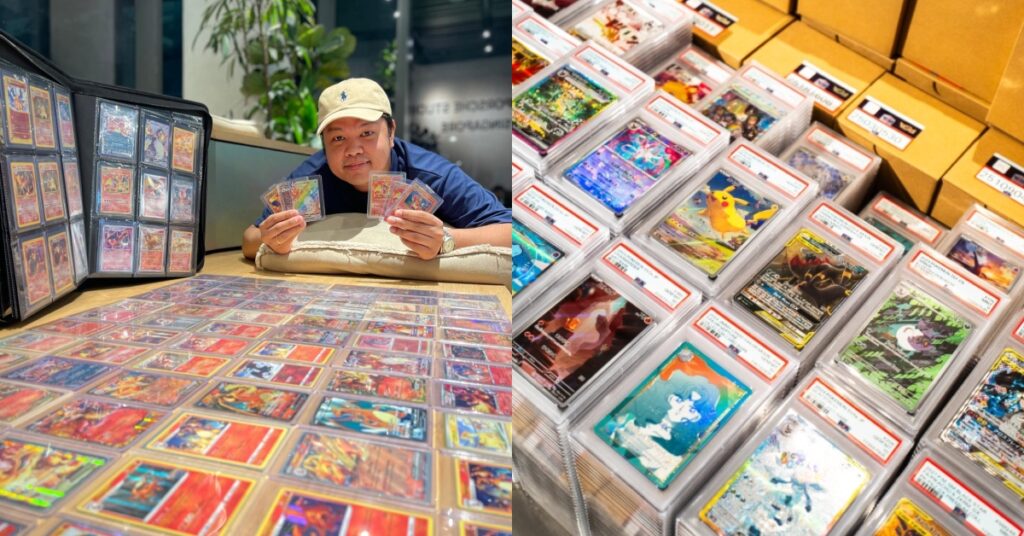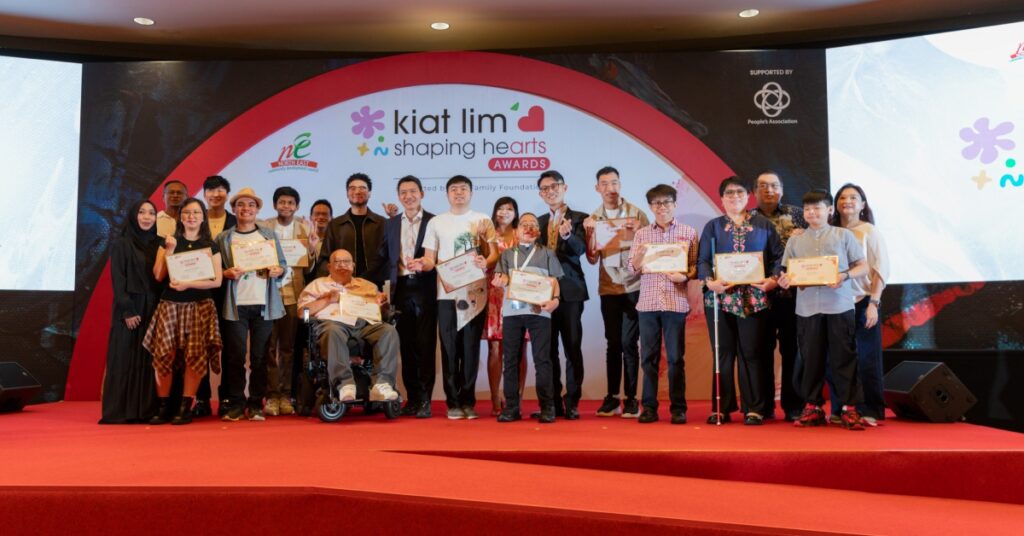If there’s an app I would use everyday, it would be messaging app- LINE.
How it all started
It begun with just brief moments of logging in, then shutting it in favor of Facebook. Soon, my girlfriend started using Line to text our friends, and even used it to make calls. While my friends still preferred Facebook Messenger, I started to make much more communication within Line’s messenger app. The doodles, called stickers, adds flair and color to the conversation, especially when you really want to express how you feel through text.
Gradually, our circle of friends started using LINE as a preference over Facebook Messenger, with no signs of going back.
And then my girlfriend discovered I Love Coffee– one of LINE’s biggest games. She pestered everyone in the household to play the game. Everyone started playing it, from her youngest sibling to even her parents. LINE started to be visible in smartphones or tablets owned by the people around me. They used it for both communication and entertainment.
The obsession about LINE suddenly became a phenomenon around me.
Roots in Japan
LINE did not start out as an entertainment app. When the great Tohoku earthquake happened in Japan, mobile communication was crippled. Little would know that to facilitate communication and relief efforts over the Internet, Next Human Network Japan created LINE. When it was released to the public in 2011, it became an unexpected hit in the country.
After 2 years, NHN realised LINE was the software they needed to scale and focus their resources on to accommodate the huge number of people it serves. This led to the creation of LINE Corporation, which is now responsible for operating the application, as well as other tech products like Naver Japan and Livedoor – a Japanese blog publishing platform.
By July 2013. LINE was a hit not just in Japan, but also worldwide successful. It reached Southeast Asia, including the Philippines, where it even released a fun TV ad.
The LINE Phenomenon
2013 was an incredible year for LINE. As a mobile application, it competed with a handful of other similar products such as Kakao Talk and Viber. LINE rose to the competition: data from App Annie suggested that LINE was the 6th most downloaded app in Google Play and iTunes as a communication tool in 2013. This figure excludes its dominance in app games.
Success also sprinkled over to its parent company itself, as LINE CORP became one of the top publishers worldwide:
The Number 1 App in Revenue Generation
Soon, LINE grew to greater success: Line became the world’s number 1 non-gaming app in terms of revenue.
And while different countries in the world had varying top apps in mobile platforms, in Japan, at least, the winner was clear to be LINE:
Fun with Stickers
Much of LINE CORP’s revenue comes from games. However, the messaging app has an interesting source of revenue – stickers.
Described as “oversized cartoon like emoticons” used in chats, stickers are widely popular among its users. This is evident with the fact that 20% of the company’s revenue comes from stickers.
I have seen some of these stickers in the past by the old messaging apps, but rarely did these stickers reached the a scale where it contributed as a significant source of revenue.
Most of these stickers are also free. Some are also used for charity as well. For instance, last year, LINE announced that every dollar spent on purchasing a special pack of stickers will be donated to the victims of Typhoon Haiyan in the Philippines. The project was a success.
Some sticker packs are also made free by sponsors. For example, LINE released its first photo stickers featuring Korean actress Jeon Ji-Hyun as a marketing tactic to promote the celebrity as well as Korean drama – “My Love from the Stars”. With LINE available across Asia, these stickers are also displayed with tailored languages to your area, hence appealing to local users.
While LINE’s revenue is still nowhere near Facebook’s, the brand has made itself known to everyone by being the top revenue generator in the smartphone and tablet industry last year.
One who is following the smartphone industry for sometime will notice that this company is putting pressure on the big ones. For example, Facebook revamped its own messaging app to accommodate offline messaging. Subsequently, they also introduced stickers (like the infamous thumbs down button). This seems to be a response to the competition the company sees against messaging apps like LINE, We Chat, and Snapchat, which are all slowly eating a piece of the audience pie- teenagers and young adults.
As businesses learnt that these market segments are moving toward LINE and other messaging apps, their marketing efforts were also realigned to target them.
A Growing Number of Messaging Apps in the World
While LINE established a presence in Asia (and in Spain), it faces competition from the likes of Kakao Talk, WeChat, and WhatsApp.
WeChat is the leading messaging app in China. WhatsApp has a strong presence in the United States, where LINE has not made a strong impact so far. Kakao Talk is dominating in South Korea. The future seems nothing but growth for the messaging app industry. Despite intense competition, LINE has already started establishing itself as a market leader in Southeast Asia, through key partnerships with telcos such as Singapore’s Starhub.
It will be interesting to see how the messaging app industry will continue to evolve this year.
Related Stories:
- StarHub unveils Singapore’s first LINE mobile pre-paid plan
- StarHub customers get early exclusive access to LINE’s Chinese New Year stickers
- Believe it or not, there are 300 million users on LINE right now
- The irony: Most of the money users spent on chat apps, was not spent on chatting experiences
- Messaging app LINE releases tear jerking video targetted at Thailand users


























